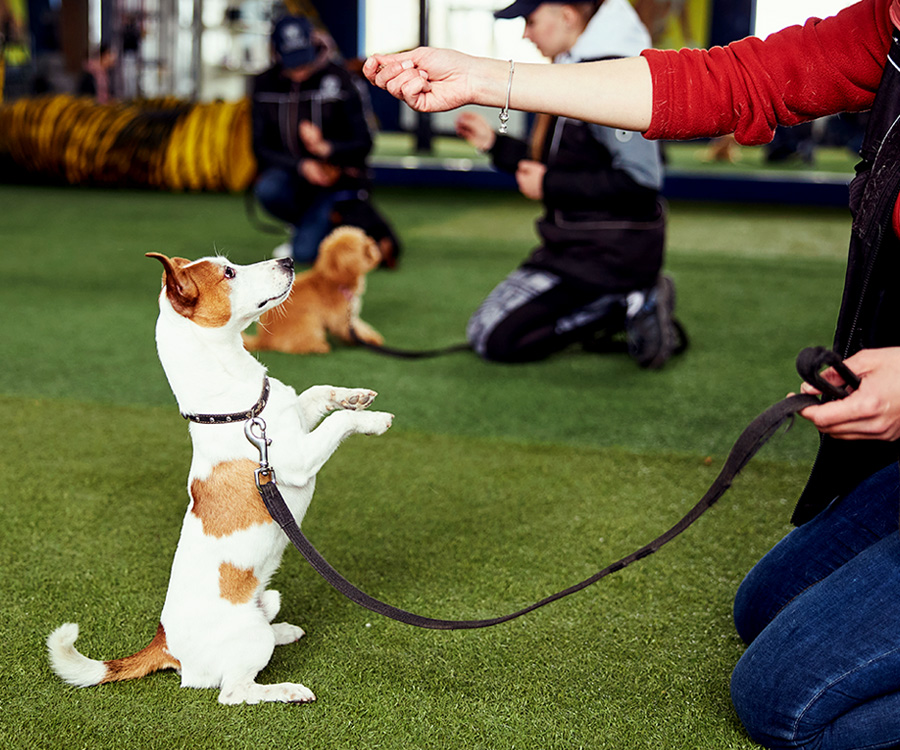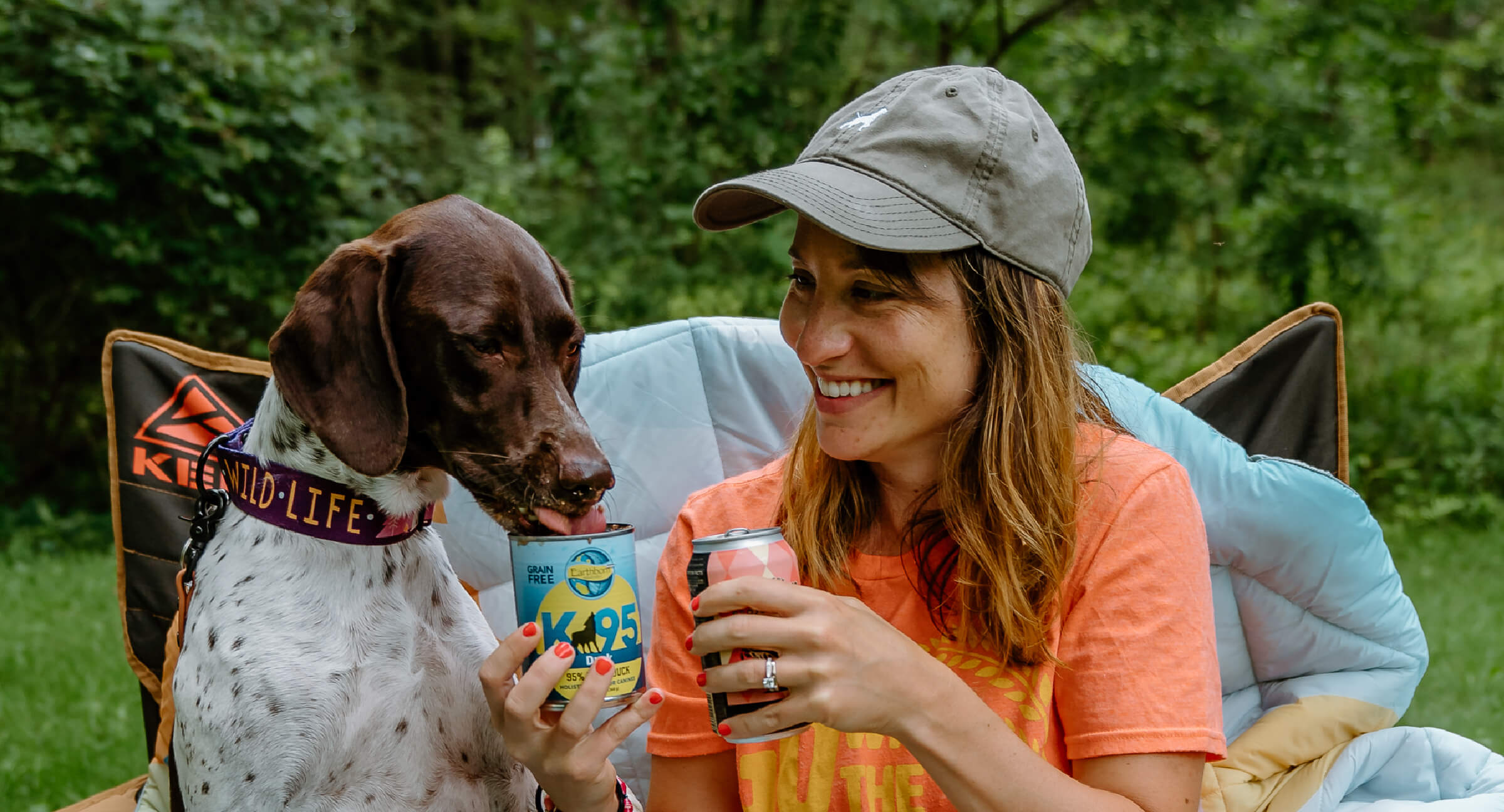How to Choose the Right Method for Successful Dog Training
Vital Tips for Successful Dog Training: A Guide for Pet Owners
Efficient pet training is a diverse procedure that needs a tactical technique customized to both the pet dog's temperament and the proprietor's purposes. Key parts such as establishing consistent commands, using favorable support, and promoting very early socializing play critical duties in promoting a well-adjusted canine buddy. Numerous family pet proprietors experience challenges that can impede progress, leading to disappointment and uncertainty. Understanding exactly how to navigate these barriers can substantially boost the training experience, inevitably transforming the connection in between proprietor and pet dog. What are the necessary techniques that can be utilized to make sure success in this undertaking?
Comprehending Canine Actions
Recognizing canine actions is necessary for efficient training and fostering a harmonious partnership between pooches and their owners. Dogs connect largely through body language, vocalizations, and activities, making it crucial for owners to interpret these signals properly. Identifying a dog's position, tail setting, and ear orientation can offer understandings into its mood. For instance, a wagging tail does not constantly show joy; it can likewise signify excitement or stress and anxiety.

Socializing plays a considerable duty in canine behavior; direct exposure to various atmospheres, people, and various other pets can considerably influence a pet's temperament. In addition, factors such as breed characteristics and private personality need to assist training methods, as some types might have particular behavioral characteristics that require tailored approaches. By understanding these components, proprietors can create a supportive setting that motivates favorable habits, resulting in effective training outcomes and a deeper bond with their family pets.
Establishing Regular Commands
Reliable interaction with your dog begins with establishing constant commands. This foundational component of training is vital for cultivating understanding in between you and your pet dog. Consistency in the commands you make use of ensures that your pet can accurately connect details words or phrases with the wanted habits.
When choosing commands, pick clear, distinct words that are simple to state and differentiate from one another. Stay clear of using similar-sounding commands that might confuse your dog. Making use of "rest" and "remain" is appropriate, yet "rest" and "hit" can lead to misconceptions.
Furthermore, maintain the exact same tone and quantity for every command. Pet dogs are delicate to vocal signs, so varying your tone can develop complication.
It is equally important to make certain that all family participants get on the very same page pertaining to the commands made use of. A united front in command use will certainly stop mixed signals and enhance the learning procedure.
Favorable Reinforcement Techniques
The power of positive reinforcement in canine training lies in its ability to urge wanted habits via rewards and appreciation. This strategy is based in the concept that actions adhered to by positive results are most likely to be repeated. By incorporating positive support into your training regimen, you can properly shape your pet's habits in a constructive fashion.
To apply favorable reinforcement, it's vital to identify what motivates your pet dog, whether it be treats, playthings, or verbal appreciation. When your dog carries out a desired action, such as resting on command, right away compensate them with a treat or love. This organization in between the command and the positive result enhances their understanding.
It's crucial to timing the incentives properly; supplying the reinforcement within secs of the wanted actions aids your dog make the link (dog training). Furthermore, uniformity is essential-- guarantee that all family participants use the same commands and incentive systems to stay clear of confusion

Slowly, you can reduce the frequency of treats as your pet finds out the habits, transitioning to applaud or intermittent benefits. This method not only promotes a strong bond between you and your pet dog however also advertises a favorable understanding environment, making training a delightful experience for both.
Socialization and Interaction
Consistently revealing your pet to a range of environments, individuals, and various other animals is essential for their social development. Socializing ought to begin early, ideally during the critical read the full info here window of 3 to 14 weeks, when puppies are most responsive to brand-new experiences. Older canines can likewise benefit from recurring socializing initiatives.
Introduce your canine to various settings, such as parks, pet-friendly shops, and metropolitan locations. This direct exposure assists them adapt to numerous stimulations, lowering anxiousness and worry feedbacks. Urge favorable interactions with other pets and people, ensuring that these encounters are regulated and safe to foster confidence.
Make use of organized playdates with genteel dogs, as this can boost your canine's social abilities and educate them ideal habits. Obedience classes and training sessions additionally offer superb chances for socialization, allowing your pet to connect with others in a supervised setting.
Screen your dog's body language throughout communications, as this will certainly aid you assess their convenience level. Slowly raise direct exposure to even more tough situations while ensuring that each experience declares. A well-socialized pet dog is more probable to show well balanced actions, making them a delight to have in any kind of he has a good point setting.
Resolving Typical Training Difficulties
Every pet proprietor will certainly run into training challenges at some time, despite their canine's age or socializing degree. Recognizing common problems such as stubbornness, disturbances, and fearfulness can aid in developing effective strategies for improvement.

Interruptions during training sessions can hinder emphasis. To combat this, start training in a quiet setting with minimal stimuli. Slowly present interruptions as the dog comes to be much more efficient in commands. Short, constant training sessions are also efficient in keeping interest.
Terror can impede a pet dog's knowing procedure. Progressive desensitization to the source of concern, coupled with favorable support, can aid relieve stress and anxiety. Persistence is critical; never force a pet right into a scenario that triggers distress, as this may intensify the problem.
Inevitably, understanding and addressing these usual challenges with a structured technique will cultivate a much more productive training experience, enhancing the bond between pet dog and proprietor while promoting efficient knowing.
Verdict
In recap, successful pet training relies on a detailed understanding of canine behavior, the facility of consistent commands, and the application of positive support methods. Socialization plays a crucial duty in creating well-adjusted pet dogs, while resolving common training official source difficulties requires patience and adaptability. By implementing these vital methods, pet owners can promote a solid bond with their pet dogs and promote preferable actions, ultimately causing an unified relationship in between human beings and their canine buddies.
Comprehending canine behavior is vital for effective training and promoting an unified partnership in between canines and their proprietors.Socialization plays a considerable duty in canine behavior; direct exposure to various atmospheres, people, and other animals can dramatically influence a canine's personality.The power of favorable reinforcement in dog training exists in its ability to encourage wanted habits via benefits and praise. By integrating positive support right into your training regimen, you can efficiently form your dog's actions in a constructive fashion.
In recap, effective canine training depends on a detailed understanding of canine actions, the facility of constant commands, and the application of favorable support methods.